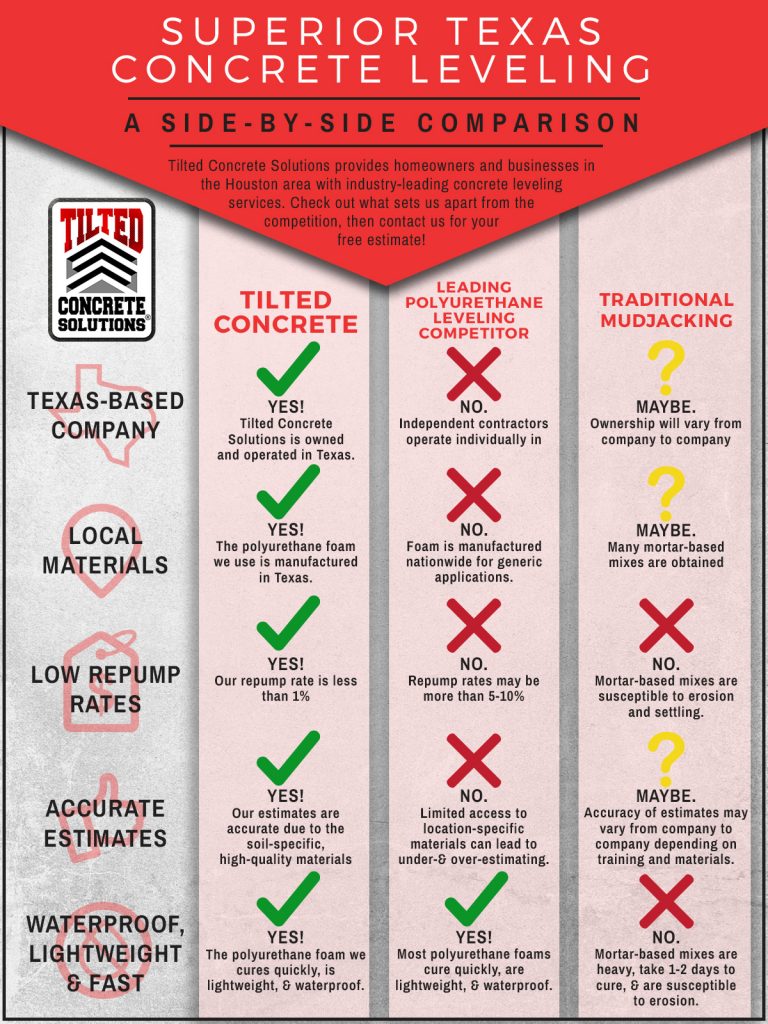When you're prepping your wall surfaces for paint, it's critical to adhere to a methodical process to ensure a flawless finish. Start by checking out the wall for any damage; this step can make or break your project. As soon as you've identified any type of problems, cleaning the surface area correctly is necessary, as an unclean wall can affect paint attachment. After that, you'll require to patch any type of imperfections and use a primer. But there specify methods and ideas that can elevate your preparation game-- allow's discover those additional to achieve the most effective results.
Assessing Wall Surface Condition
Prior to you grab your paintbrush, take a minute to examine your walls' problem. Look for any kind of visible damages like fractures, openings, or peeling paint. visit website can influence exactly how the paint sticks and looks as soon as it's completely dry. If you see any type of significant damages, you'll require to focus on fixings prior to diving right into painting.
Look carefully at the texture of your wall surfaces. Is portland painters , or exists texture that might require unique consideration? Smooth wall surfaces normally call for much less prep, while textured surface areas may need more time to repaint uniformly.
Also, take into consideration the previous paint job. If the old paint is glossy, it mightn't permit new paint to stick effectively. You'll would like to know if your walls have actually been painted with oil-based or water-based paint, as this can affect your selection of primer or paint.
Ultimately, bear in mind of any type of dampness issues. If you see indicators of water damage or mold, address these issues right away to stop further complications.
Cleansing the Surface area
When you've assessed the condition of your walls, the next step is cleaning the surface area. Start by gathering your materials: a bucket, cozy water, a light detergent, a sponge or towel, and a scrub brush for tougher spots.
Begin on top corner of the wall and work your means down. Mix the cleaning agent with warm water in your container, after that dip the sponge or cloth right into the option. Wring it out to avoid extreme moisture on the wall surfaces.
As you clean up, pay attention to locations that could've accumulated dirt, grease, or finger prints. For stubborn stains, make use of the scrub brush gently to avoid damaging the paint beneath. Wash your sponge or towel frequently in tidy water to prevent spreading dust around.
After cleaning, it's necessary to clean the wall surfaces with a wet fabric to eliminate any type of soap residue. This step makes sure a smooth surface for the brand-new paint to stick to.
Allow the walls to dry completely prior to carrying on to the following prep work actions. This comprehensive cleansing process will assist develop a fresh canvas for your paint task, making certain the most effective results.
Patching and Priming
Patching and priming are important steps in preparing your wall surfaces for a fresh layer of paint. First, check your walls for any kind of holes, fractures, or blemishes. Use a high-grade spackling compound or patching paste to fill up these areas.
Use the compound with a putty knife, smoothing it out so it's flush with the surrounding surface. Enable it to completely dry entirely, and afterwards sand it gently until it's smooth and even.
When you have actually covered every little thing, it's time to prime. Primer helps secure the patched areas, making certain the paint adheres appropriately and provides a consistent finish. Select a guide appropriate for your wall kind and the paint you'll be utilizing.
Use the primer using a roller for larger locations and a brush for corners and sides. If your patched locations are considerably large or permeable, you might wish to use a 2nd layer of guide after the initial one dries out.
After priming, let every little thing dry extensively prior to moving on to paint. This prep work won't just enhance the look of your walls but additionally prolong the life of your paint job.
Take your time, and you'll be pleased with the results.
Verdict
By following these easy actions, you can achieve a smooth and professional surface on your wall surfaces. Start by analyzing their problem, then tidy and spot any type of blemishes prior to using guide. Remember to allow ample drying out time and make sure every little thing is smooth before you dive into paint. With the right prep work, you'll establish the stage for a gorgeous makeover in your area. Currently, gather your materials, take in the fresh air, and prepare yourself to paint!
